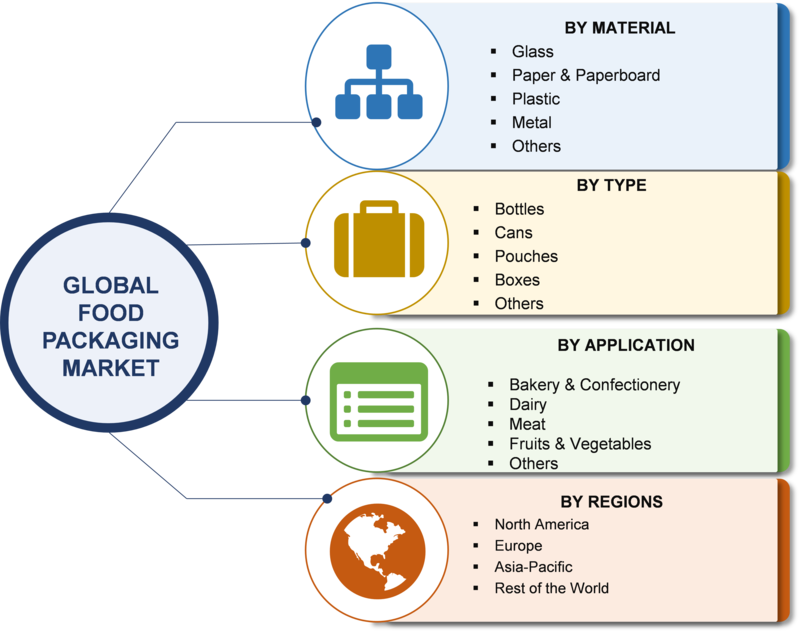Table of Content
- Strategic collaborations and geographical expansion are key strategies adopted by industry players
- Home Improvement Centers - Income Statement (Average Financial Metrics)
- Leading U.S. home improvement & hardware retailers
- Market leaders
- Home Improvement Retail Market: Market Size, Trends and Growth Analysis
- DIY Home Security Systems Market Insight, Size, Share, Growth, Up-To-Date Key Trends, Regional Outlook, and Forecast - 2030
- Heavy Industry & Manufacturing Overview
Self-expression and individuality are increasingly reflected in our physical environments, and cookie-cutter homes are very much out of style. There are even websites such as mcmansionhell.com dedicated to how mediocre and awful the home trends over the last few decades was. As the bulk of existing residential properties in the United States ages, new construction struggles to keep up with increasing demand.
Innovation in products, cost control, supply chain and logistics management will further drive this industry. The analysis data is based on current and historical market trends which help in investment related decisions. The Europe home improvement market size is poised to hold more than USD 315.5 billion revenue in 2027.
Strategic collaborations and geographical expansion are key strategies adopted by industry players
Millennial property owners tend to spend more on smart technology and place a higher value on the high-efficiency and performance of their home’s systems. 77% of millennials invest in smart and security technology vs. 25% of baby boomer homeowners. Upgrading a home’s security systems can also save money on homeowners’ insurance.

Generally, higher is better, since it indicates the business has less money tied up in fixed assets for each dollar of sales revenue. If this number is low in your business when compared to the industry average in the research report, it may mean your payment terms are too lenient or that you are not doing a good enough job on collections. Shareholders' Equity is defined as the company's total assets minus total liabilities.
Home Improvement Centers - Income Statement (Average Financial Metrics)
The percentage of homeowners who upgraded their outdoor spaces went from 56% in 2019 to 57% in 2020. The size of the U.S. home improvement market has increased from $269.9 billion in 2010 to $537.9 billion in 2021. Homeowners are living longer and more are wanting to “age in place”, another growing area within the home improvement space.

The average home is almost forty years old, meaning the existing inventory is aging and requires upgrades and remodeling. And more commonly occurring than natural disasters are malfunctioning plumbing or other systems within the home or property that can cause damage. Please sign in below to get report brochure - Home Improvement Retail Market. A compilation of the experiences, judgments, and insights of Lucintel’s professionals, who have analyzed and tracked this market over the years. More than 28 valuable figures/charts and Five tables are provided in this report.
Leading U.S. home improvement & hardware retailers
Geographically, this research studies the important thing areas that specialize in product income, fee, and marketplace proportion and increase possibility in those areas. The 2022 Home Improvement Centers Industry Report contains historical and forecasted statistics used by leading private equity firms and consultants. Market sizes from 2017 to 2027 reflect industry trends and growth patterns. Revenues include both public and private companies in the home improvement centers industry.

Members of Generation X made up 32% of homeowners who completed home improvement projects in 2020. 52% of homeowners who completed home improvement projects in 2020 were Baby Boomers. The most popular home improvement projects in 2021 were painting home interiors, remodeling bathrooms, and installing smart home devices. In 2020, homeowners who did home improvement projects worked on an average of 2.7 projects, and in 2021, they did an average of 3.7 projects, each of which cost an average of $2,800. Between 2020 and 2027, the global home improvement industry is expected to have a CAGR of over 4%, resulting in a market value of over $1 trillion by 2027. The main goal of the site is to empower Homeowners by introducing innovative technology, services and products that will improve the quality and value of their homes.
Market leaders
The introduction of smart infrastructure with energy conservation solutions will significantly influence industry growth. Several residents of Tier 1 countries, such as the UK, Germany, France, Italy, Spain, and Poland, are substantially investing in the incorporation of digitalization in their renovation projects to enhance safety. Moreover, the occurrence of natural calamities is fostering demand for disaster repair home improvement services.
Home improvement stores in Canada, but the most important ones are Lowie’s and Home Depot. Custom research is crucial components of the business strategy which helps any organization to gain insight into specific business sector, aligned with specific area of interest. Thus, SMI offers more accurate, pragmatic, and actionable information specifically tailored to suit your business needs. Analysis of various perspectives of the market with the help of Porter’s five forces analysis. Both current and future prospects for the Home Improvement Retailers Market in developed and emerging markets.
We wanted to know whether the home improvement industry market size will become smaller or not. While one might think the smart home is the domain of the millennial, many individuals are turning to smart technology to help aging members of their families. This growing demographic of baby boomers who are homeowners are making plans to live in their homes longer. Smart thermostats help seniors regulate both the temperature and the utility bills. Security systems and electronic door locks can keep things safe and allow family members to monitor the home.
A rapid growth in e-commerce sales channels has surged the demand for DIY home renovation solutions. The majority of consumers opt for DIY as it saves money, helps to gain satisfaction, and personalizes their projects. These projects involve end consumers without the inclusion of any other third-party members. The provision of psychological rewards offering social connection, development of multiple skills, high flexibility, and effective utilization of resources will boost the industry size. The bulk of projects Americans are undertaking are small scale (under $5,000), but big projects such as renovating kitchens and baths are growing in popularity.

No comments:
Post a Comment